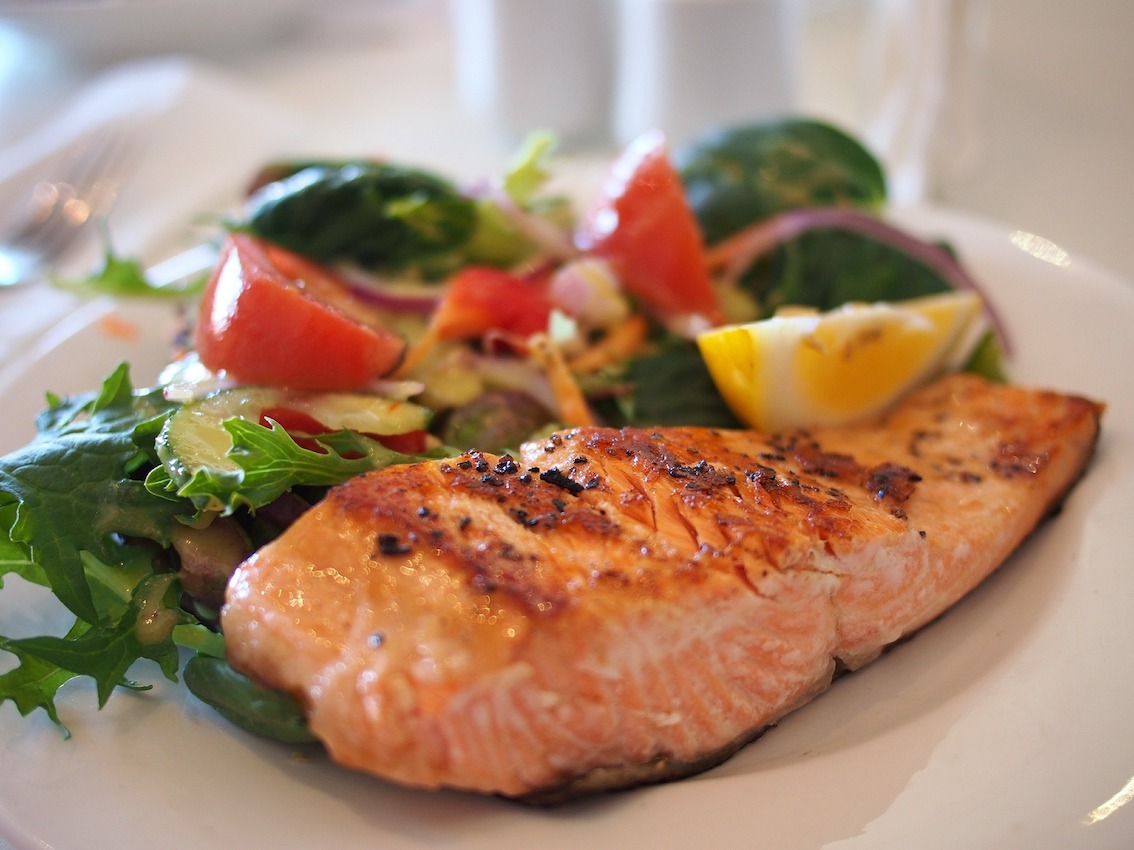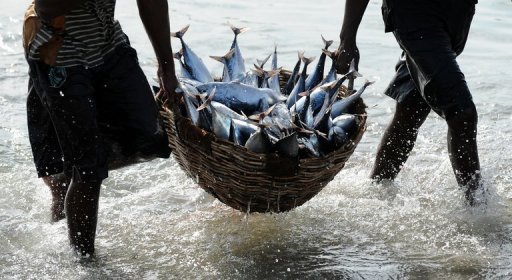
A common apprehension expressed by several clients who come to me for a diet consultation is related to the efficacy of diet and fitness regimen due to they being vegetarians. I realise that this often stems from misplaced notions about the lack of adequate proteins in vegetarian food. The good news is that one can maintain a fit, strong and healthy body with a pure vegetarian Indian diet; there are ample sources of proteins for vegetarians.
Don’t just take my word for it- numerous examples abound of celebrities with extremely fit and enviable “hot” bodies who are vegetarians. Shahid Kapoor with an amazing physique, is a self-proclaimed vegetarian, as are several top-notch leading ladies from our very own Bollywood. Several members of the present Indian cricket team- which now has a reputation for establishing stringent fitness benchmarks- are also lifelong vegetarians.

Besides these anecdotal examples, there is sufficient scientific evidence to show that vegetarian diets don’t have any adverse impact on fitness or athletic/sports performance. Research published by both the Journal of the International Society of Sports Nutrition in 2012 and the European Journal of Applied Physiology in 2011 on cyclists and sprinters, respectively, proved that results from sportsmen on vegetarian diets were the same as those from sportsmen on meat-based diets.
Benefits of consuming plant-based proteins
Contrary to the myth around vegetarian diet mentioned above, there are several benefits of adding plant-based protein in your food intake. These benefits are not merely dietary, but also at a much bigger and macro-environmental level.

Fibre facilitates easy digestion: First and foremost is the fibre or roughage that plant-based proteins provide. In contrast, non-vegetarian sources lack fibre even though they contain higher amounts of amino acids– both essential and non-essential. Common vegetarian sources of proteins such as dals/legumes/pulses provide adequate roughage as well, thus making them easily digestible and ‘light’ on the system. The paucity of fibre in non-vegetarian sources- especially red meat- makes them harder to digest.
High quality protein: Plant-based proteins are of comparable, if not better, quality than animal protein. In fact, rice – which many people don’t associate with anything more than carbohydrates- offers one of the best-quality proteins compared to other cereals. While the quantity of protein that rice offers is limited, the presence of all 8 amino acids in proper proportion, makes rice an excellent source of high-quality vegetarian protein. Similarly, rice protein has a “biological value” (defined as the extent of ability to retain nitrogen) of 86, compared to the figure of 70, which is deemed acceptable quality.

Tastes just as good: For many, the lure of non-vegetarian food lies in its taste and texture as much as on its nutritional value. Thanks to the rich Indian tradition of using a multitude of spices in our incomparable array of cuisines, taste is seldom a big issue with vegetarian Indian food. Who can question the taste-worthiness of dals and pulses such as Rajma, chole, etc.? From a tasty breakfast item or snack such as “misal pav” — recognized some time back as the world’s tastiest vegetarian snack—to desserts such as moong dal halwa, options galore for adding vegetarian protein into our system!
More environment-friendly: At a macro-level, meat production is a significant drain on natural resources as rearing animals requires more food and energy. It is not only land-based animal meat production that poses an environmental challenge; rampant and excessive fishing driven by the quest to supply omega 3 to humans, is also leading to an irreversible collapse of the world’s marine ecosystem.
Contrast this with pulses and legumes – a major source of vegetarian protein- that actually help keep nitrogen in the soil and retain usable nitrogen concentrations for future crops! Year 2016 was hence, declared as “International Year of Pulses” by the UN. The aim was to increase public awareness of nutritional benefits of pulses and its role in transforming modern agriculture, solve hunger and malnutrition and contribute to food security. One of the areas for change that the United Nations Food and Agricultural Organization (UNFAO) propose to deal with climate change, to bring ‘zero hunger’ for everyone on the planet is to eat ATLEAST one meat-free meal every week.
No wonder, there is the growing ‘reducetarianism’, a movement to cut-down on animal-based protein and rely more on vegetarian protein. Infact, fibre-rich, unripe jackfruit is being eaten as ‘meat substitute’ in the West due to the meaty texture and feel it offers.
How to ensure sufficient protein intake

Vegetarians can get their required quantity of proteins through dals, pulses, beans, legumes, nuts and seeds. In addition to having these as part of main course along with your grains (rotis/ rice/ bhakri/ thepla), incorporating them in your mid-meals (like a handful of nuts) will give a good protein boost. For example, a small bowl of sprouted moong dal or black channa/cholle (you can add a dash of lemon juice and black salt to make it tastier) can be a great complement to fresh home-made Indian breakfast.
One thing to bear in mind is that vegetarian protein sources have limited amino acids. So it is best that these are eaten in complementary food combinations such that the limited amino acids in one food item is adequately supplemented by amino acids in the other food item. For example, rice is deficient in the amino acid lysine but rich in methionine, while dal is deficient in amino acid methionine and has plenty of lysine. Therefore, to get the full benefits of all the essential amino acids/complete protein profile, a combination of rice & dal works very well. This concept (and wisdom) of using complementary food items and complementary proteins is deeply entrenched in Indian cuisine from time immemorial, as we can see from our staples like rice-dal, khichdi, rice-kadhi, roti-dahi, etc.

As a dietitian with considerable focus and interest in Indian diets, I’d like to categorically state that vegetarians can really rest assured about getting their requisite protein intake without having to switch to eating meat. Don’t switch dietary habit simply on the basis of a misconception. What’s more, in the world of vegetarian ‘mock-meats’ that we live in today, there is the option to “have it and eat it too” (well, almost!).
Read these other diet & nutrition tips
1. Expert diet tips for teenage boys & girls
2. Getting diet right for Entrepreneurs
3. Improving productivity at work with a balanced diet
Confused by the misinformation about potential health problems with traditional Indian foods? Get in touch with award-winning Mumbai dietitian and nutritionist, Munmun Ganeriwal, a strong advocate of the holistic, wellness benefits of fresh, local, and traditional Indian foods.



